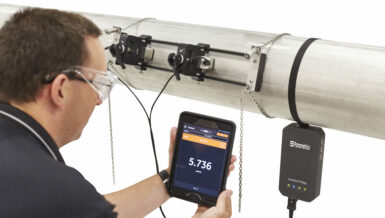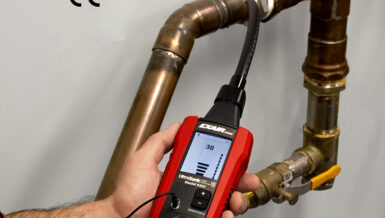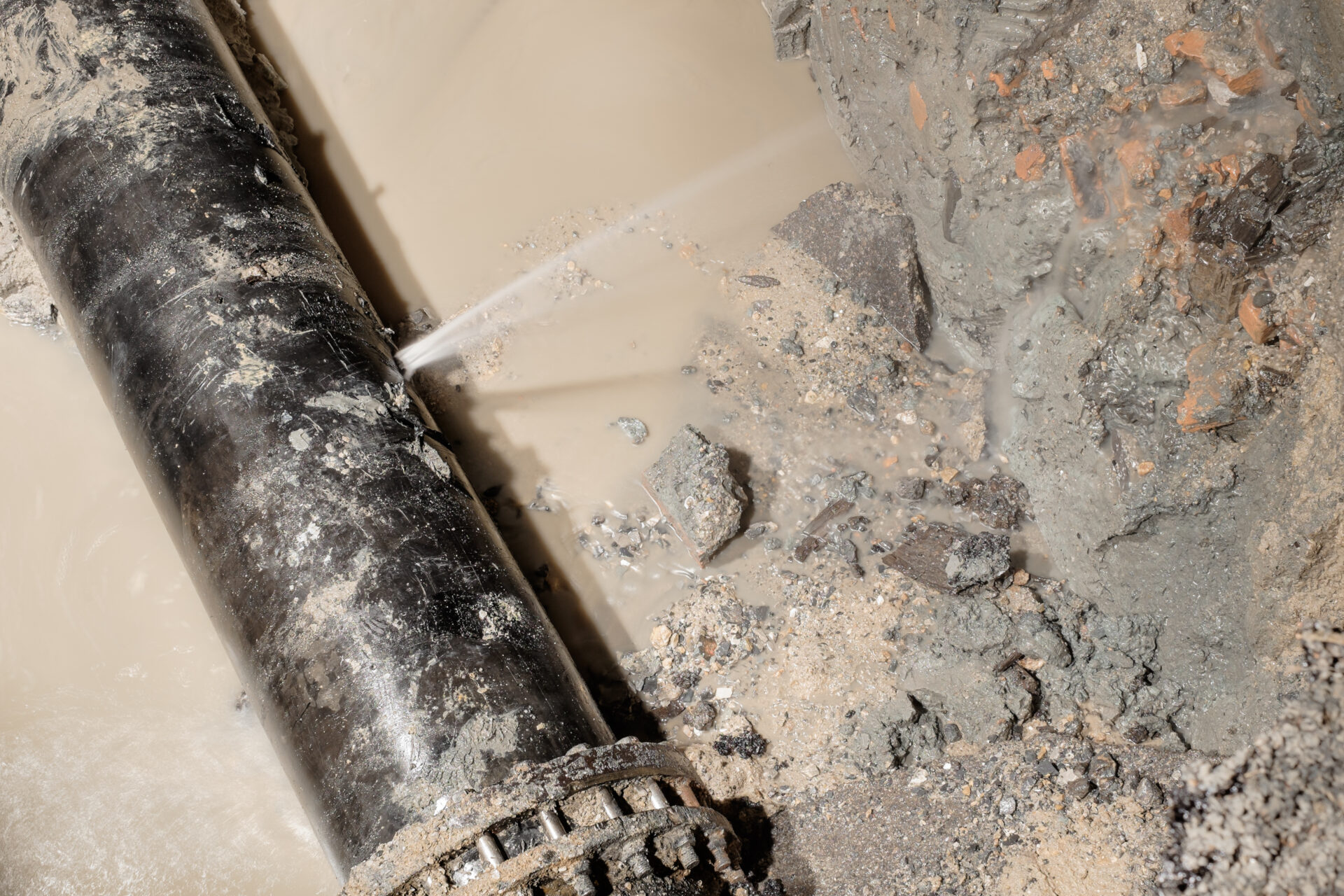Today, more energy is often needed to produce hot water than for heating in a well-insulated building. High time, then, to target this area for increasing energy efficiency as well. The new online “Hot Water Energy Calculator” from GF Piping Systems makes it easy to calculate energy consumption. It is also possible to simulate the savings potential amount and the length of the amortization period – depending on the technical optimization measures selected.

GF Piping Systems, together with scientists from the Ostfalia University of Applied Sciences, has developed an online calculator that can be used to easily and quickly calculate the amount of energy needed to provide hot water in buildings.
The relevant parameters, such as effective area, year of construction, tank capacity, water temperature, energy source and details about the distribution system, can be entered in the tool.
The calculator soon coughs up the data: energy consumption per year in kWh, CO2 emissions per year in kilograms and energy costs per year in euros. Plus, the online calculator identifies the amount of heat lost during the generation, distribution and storage of hot water.
Next, possible optimization measures for increasing energy efficiency can be simulated. The online calculator instantly shows how much energy and money can be saved per year through these measures. And that’s not all: a graph also displays the number of years required to recover the investments and the amount that can be saved in the years that follow.
How can energy consumption for hot water be reduced?
In principle, three technical measures can be employed to cut energy consumption for producing hot water – apart from reducing hot water consumption itself:
- repairing the insulation around the hot water pipes and fittings
- setting the optimum operating point of the hot water circulation with the Hycleen Automation System and its electronic balancing valves
- modernizing the installation technology: the efficiency of hot water production and of the circulation pump usually depends on the age of the technology involved. Essentially, the newer the technology, the higher the efficiency.
It should be noted that drinking water hygiene is fundamentally more important than saving energy.
What can the Hycleen Automation System achieve?
The Hycleen Automation System ensures the optimum operating point is set by continuously monitoring the installation’s condition. Consequently, a smaller quantity of hot water circulates at lower temperatures, maintaining the specified hygiene standards of course. Unnecessarily high temperatures and flow rates caused by a non-existent, poorly adjusted or unmaintained hydraulic balancing system are a thing of the past. Piping sections that suffer high thermal losses can be identified and upgraded to improve energy efficiency by repairing deficient insulation.
How can such a complex calculation be done so easily?
The easy-to-use online “Hot Water Energy Calculator” is the result of extensive development work by GF Piping Systems and the Ostfalia University of Applied Sciences. The calculations are based on the currently valid DIN standards and further assumptions, which are shown. A first reference project, during which the results were simulated before optimization, demonstrates that the results of the calculations are realistic. The data evaluation is being continuously refined and verified on real buildings. The tool provides valuable input for deciding when the investment to optimize a hot water system in a building will start to pay off.
Drinking water installation: smart and digital with the Hycleen Automation System
The Hycleen Automation System from GF Piping Systems makes it easier to meet drinking water hygiene standards in large-scale buildings and reduces energy consumption for producing hot water. It ensures stable water temperatures, flushes the pipes, maintains the circulation valves, and logs all data. Water temperatures can be lowered without increasing the risk of legionella.
The system is easy to install and commission. Electronic valves with sensors and controllers are connected to the central control unit, the master, via just one cable for suppling power and transmitting data. The master monitors the sensors, reports any abnormalities and controls the system. It can also be operated from any location using an app and integrated into the building management system.
Advantages of energy optimization with the Hycleen Automation System
- Energy consumption reduced and drinking water hygiene guaranteed at the same time
- Targeted compliance with current and future legally prescribed energy saving measures
- Compliance with the Green Building concept and the certification standards of BREEAM, LEED or other labels
- Permanent temperature monitoring and control, also via remote access (Hycleen Connect)
- System temperature reduced to the legally prescribed minimum
- Reduction of the flow by optimizing leakage rates and regulating the capacity of the circulation pump
- Investment returned quickly thanks to the energy saved































